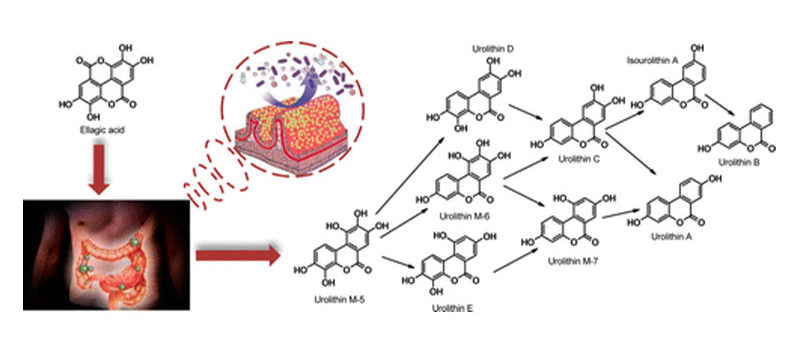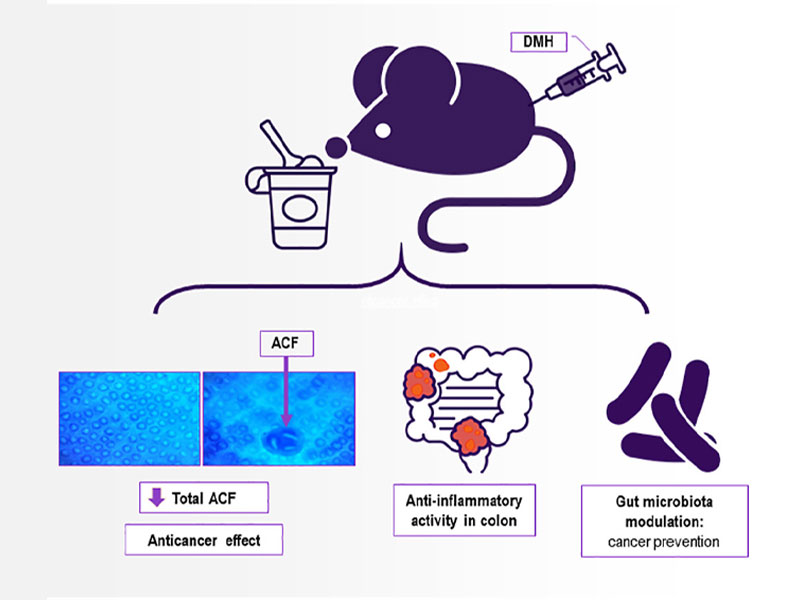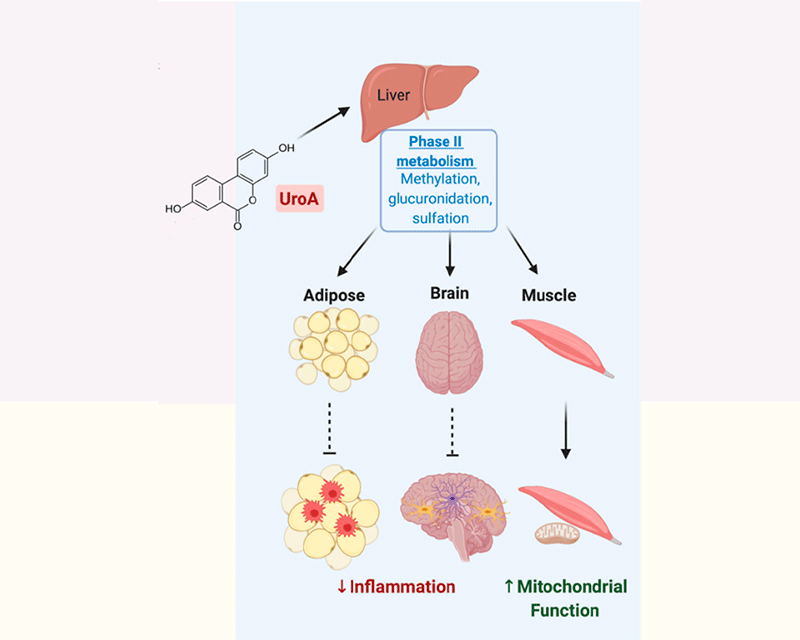What are plant tannins and how do they benefit blood glucose?
What are plant tannins?
Tannins are a large class of plant bioactive molecules that include ellagitannins, proanthocyanidins, gallic acids, and gallotannins. Ellagitannins are the largest group of tannins and are easily hydrolysed into ellagic acid, either in the plant or in the stomach once consumed. The exact function of tannins in plants is unknown, but ecologists think that tannins may be a defense mechanism, effectively deterring some herbivores that might be detrimental to the plant. Another theory is that tannins act as signalling molecules between plants and environments (usually between roots and soils), and just happen to accumulate in the edible parts of the plant.
What are ellagitannins?
Ellagitannins are found in specific fruits and nuts and have recently been found to protect against hormone-dependent cancers (e.g. breast and prostate cancer), cardiovascular diseases, and inflammatory metabolic diseases (e.g. obesity, type 2 diabetes). Previously ellagitannins were considered anti-nutrients (substances that block the absorption of nutrients) and largely ignored in nutrition. As our understanding of bioactivity in foods and our own gut microbiomes has evolved, we have come to realize that humans have likely evolved alongside ellagitannins, seeking them for their flavour and perhaps unknowingly relying on them for their functional health support.
More than 1000 distinct ellagitannins have been identified in nature but only ~12 of these have received attention as health-promoting components of foods. Berries (Rubus) were the first foods to be noted for their particularly high concentrations of ellagitannins, followed by nuts (walnuts, pecans, and chestnuts), pomegranates, guava, and, most recently, members of the Myrtaceae family such as Jabuticaba and Feijoa. It is common for ellagitannins to accumulate in the skins or seeds relative to the flesh, and total concentrations may differ from fruit to fruit and throughout the season. Ellagitannins may decrease in relative concentrations as fruits develop, whereas other antioxidant compounds such as anthocyanins, increase sharply at ripening, particularly in skins.

What happens when we consume ellagitannins?
Once consumed, ellagitannins that have been released from plant cells are hydrolysed by stomach acids into free ellagic acid. Both ellagitannins and ellagic acid are generally poorly absorbed, which means the majority of them travel onto the intestines. Ultimately, they are metabolized by specific species of the gut microbiome into urolithins. Urolithins are incorporated into circulation between the gut and the liver (enterohepatic circulation), eventually becoming available to act as hormone analogs in the body.

(García-Villalba, R., Beltrán, D., Espín, J. C., Selma, M. V., & Tomás-Barberán, F. A. (2013). Time course production of urolithins from ellagic acid by human gut microbiota. Journal of agricultural and food chemistry, 61(37), 8797-8806)
What are the benefits of ellagitannins?
Ellagitannins have been shown to have:
- Anti-inflammatory action
- Anti-tumour activity
- Anti-microbial action against pathogenic bacteria and fungi

(do Carmo, M. A. V., Fidelis, M., de Oliveira, P. F., Feitoza, L. Q., Marques, M. J., Ferreira, E. B., … & Azevedo, L. (2021). Ellagitannins from jabuticaba (Myrciaria jaboticaba) seeds attenuated inflammation, oxidative stress, aberrant crypt foci, and modulated gut microbiota in rats with 1, 2 dimethyl hydrazine-induced colon carcinogenesis. Food and Chemical Toxicology, 112287.)
What are urolithins and how do they benefit our health?
There are at least 7 urolithin structures produced by different bacteria. Interestingly, the specific combination of microbes in each person’s microbiome (their enterotype) determines which urolithins are produced and therefore which specific benefits the consumer might experience. The unique health benefits of each individual urolithin structure are still being studied, however, It has been found that urolithin A reduces inflammation in the brain, adipose tissue, heart, and liver, and increases mitochondrial function and thermogenesis, which can delay or prevent the onset of diseases such as Alzheimer’s, non-alcoholic fatty liver disease, and type 2 diabetes.

(Cortés-Martín, A., García-Villalba, R., González-Sarrías, A., Romo-Vaquero, M., Loria-Kohen, V., Ramírez-de-Molina, A., … & Espín, J. C. (2018). The gut microbiota urolithin metabotypes revisited: the human metabolism of ellagic acid is mainly determined by aging. Food & function, 9(8), 4100-4106.)
How can you consume more ellagitannins and absorb more Urolithin A?
A concentrated bioactive source of the ellagitannin pedunculagin is found in Anagenix’s high quality freeze-dried feijoa powder, Feiolix. Feiolix can be easily incorporated into convenient product formats including powdered drink mixes, supplements, and tablets, or added directly to yoghurts, spreads, and sauces.
References
Atkinson, C. J., Nestby, R., Ford, Y. Y., & Dodds, P. A. A. (2005). Enhancing beneficial antioxidants in fruits: A plant physiological perspective. Biofactors, 23(4), 229-234.
Lipińska, L., Klewicka, E., & Sójka, M. (2014). The structure, occurrence and biological activity of ellagitannins: a general review. Acta Scientiarum Polonorum Technologia Alimentaria, 13(3), 289-299.
Kiss, A. K., & Piwowarski, J. P. (2018). Ellagitannins, gallotannins and their metabolites-the contribution to the anti-inflammatory effect of food products and medicinal plants. Current medicinal chemistry, 25(37), 4946-4967.
Aguilar-Zárate, P., Wong-Paz, J. E., Buenrostro-Figueroa, J. J., Ascacio, J. A., Contreras-Esquivel, J. C., & Aguilar, C. N. (2018). Ellagitannins: bioavailability, purification and biotechnological degradation. Mini reviews in medicinal chemistry, 18(15), 1244-1252.
do Carmo, M. A. V., Fidelis, M., de Oliveira, P. F., Feitoza, L. Q., Marques, M. J., Ferreira, E. B., … &
Azevedo, L. (2021). Ellagitannins from jabuticaba (Myrciaria jaboticaba) seeds attenuated inflammation, oxidative stress, aberrant crypt foci, and modulated gut microbiota in rats with 1, 2 dimethyl hydrazine-induced colon carcinogenesis. Food and Chemical Toxicology, 112287.
Romo‐Vaquero, M., Cortés‐Martín, A., Loria‐Kohen, V., Ramírez‐de‐Molina, A., García‐Mantrana, I., Collado, M. C., … & Selma, M. V. (2019). Deciphering the human gut microbiome of urolithin metabotypes: association with enterotypes and potential cardiometabolic health implications. Molecular nutrition & food research, 63(4), 1800958.
Cortés-Martín, A., García-Villalba, R., González-Sarrías, A., Romo-Vaquero, M., Loria-Kohen, V., Ramírez-de-Molina, A., … & Espín, J. C. (2018). The gut microbiota urolithin metabotypes revisited: the human metabolism of ellagic acid is mainly determined by aging. Food & function, 9(8), 4100-4106.
García-Mantrana, I., Calatayud, M., Romo-Vaquero, M., Espín, J. C., Selma, M. V., & Collado, M. C. (2019). Urolithin metabotypes can determine the modulation of gut microbiota in healthy individuals by tracking walnuts consumption over three days. Nutrients, 11(10), 2483.
Toney, A. M., Fox, D., Chaidez, V., Ramer-Tait, A. E., & Chung, S. (2021). Immunomodulatory Role of Urolithin A on Metabolic Diseases. Biomedicines, 9(2), 192.
Pereira, L. D., Barbosa, J. M. G., Ribeiro da Silva, A. J., Ferri, P. H., & Santos, S. C. (2017). Polyphenol and ellagitannin constituents of jabuticaba (Myrciaria cauliflora) and chemical variability at different stages of fruit development. Journal of agricultural and food chemistry, 65(6), 1209-1219.
Andreux, P. A., Blanco-Bose, W., Ryu, D., Burdet, F., Ibberson, M., Aebischer, P., … & Rinsch, C. (2019). The mitophagy activator urolithin A is safe and induces a molecular signature of improved mitochondrial and cellular health in humans. Nature Metabolism, 1(6), 595-603.
D’Amico, D., Andreux, P. A., Valdés, P., Singh, A., Rinsch, C., & Auwerx, J. (2021). Impact of the Natural Compound Urolithin A on Health, Disease, and Aging. Trends in Molecular Medicine.
García-Villalba, R., Beltrán, D., Espín, J. C., Selma, M. V., & Tomás-Barberán, F. A. (2013). Time course production of urolithins from ellagic acid by human gut microbiota. Journal of agricultural and food chemistry, 61(37), 8797-8806.
do Carmo, M. A. V., Fidelis, M., de Oliveira, P. F., Feitoza, L. Q., Marques, M. J., Ferreira, E. B., … & Azevedo, L. (2021). Ellagitannins from jabuticaba (Myrciaria jaboticaba) seeds attenuated inflammation, oxidative stress, aberrant crypt foci, and modulated gut microbiota in rats with 1, 2 dimethyl hydrazine-induced colon carcinogenesis. Food and Chemical Toxicology, 112287.
Xia, B., Shi, X. C., Xie, B. C., Zhu, M. Q., Chen, Y., Chu, X. Y., … & Wu, J. W. (2020). Urolithin A exerts antiobesity effects through enhancing adipose tissue thermogenesis in mice. PLoS biology, 18(3), e3000688.
Vandana, U. K., Barlaskar, N. H., Gulzar, A. B. M., Laskar, I. H., Kumar, D., Paul, P., … & Mazumder, P. B. (2020). Linking gut microbiota with the human diseases. Bioinformation, 16(2), 196.
Xu, J., Yuan, C., Wang, G., Luo, J., Ma, H., Xu, L., … & Li, L. (2018). Urolithins attenuate LPS-induced neuroinflammation in BV2Microglia via MAPK, Akt, and NF-κB signaling pathways. Journal of agricultural and food chemistry, 66(3), 571-580.





